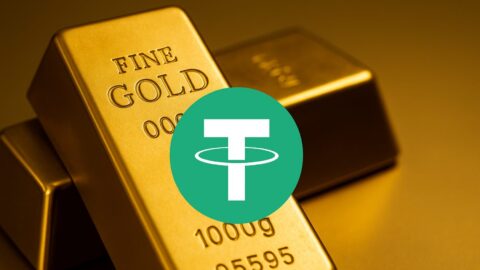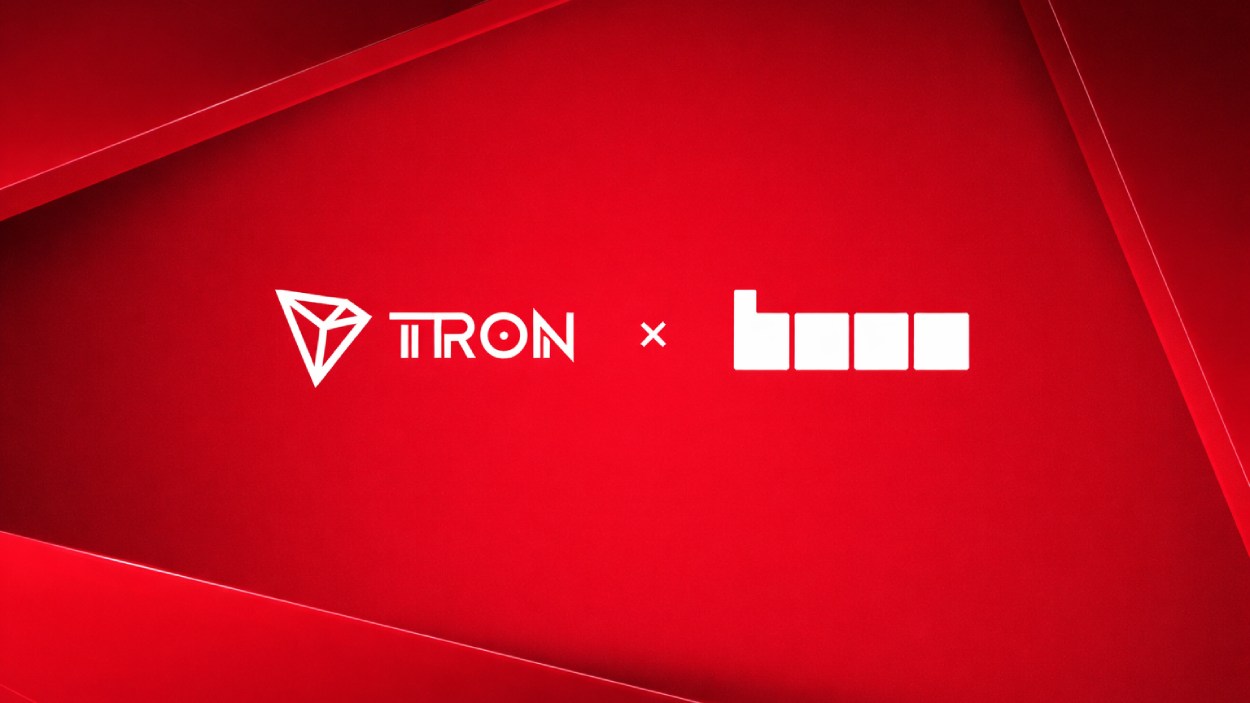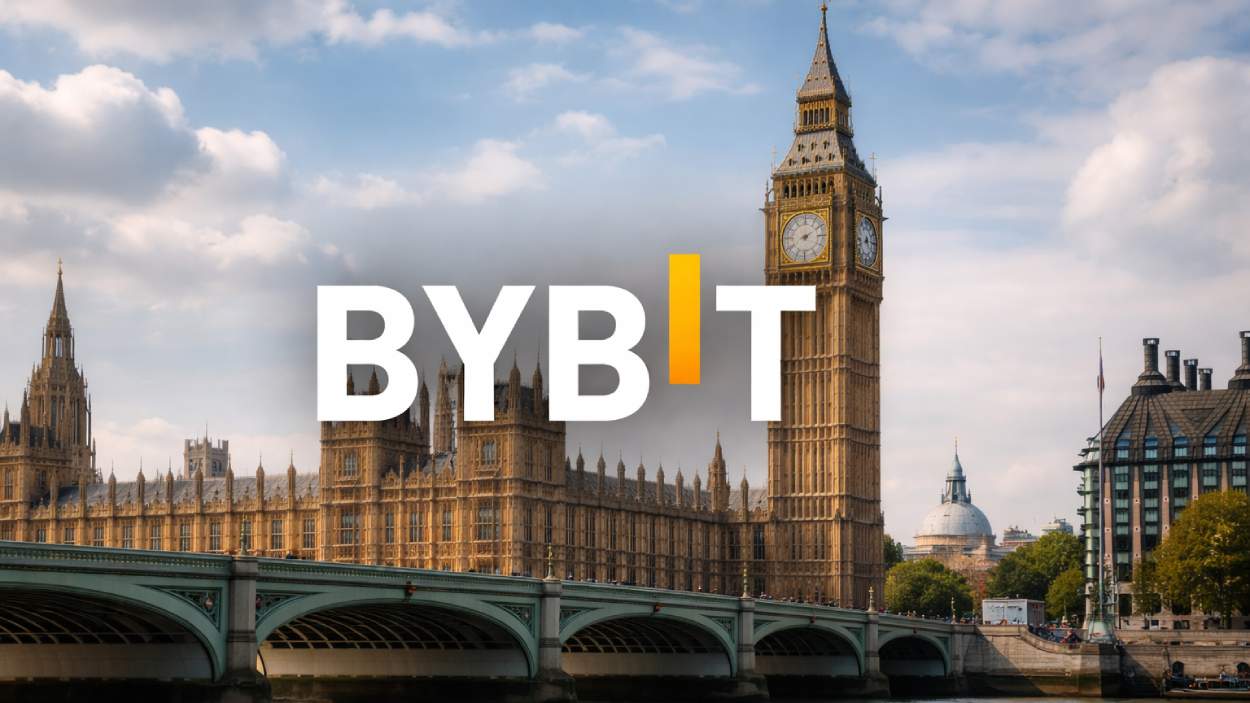Ethereum is inching closer to a new all-time high as Standard Chartered boosts its year-end price target to $7,500, citing strong institutional demand and a clear regulatory path for stablecoins.
Key Takeaways
- 1Standard Chartered raised its ETH forecast for 2025 to $7,500, citing ETF flows, corporate treasury demand, and stablecoin adoption.
- 2The GENIUS Act, signed in July, is seen as a major driver, offering regulatory clarity for stablecoins, most of which operate on Ethereum.
- 3Ethereum treasury companies and ETFs have acquired 3.8% of total ETH supply since June, nearly doubling the speed of Bitcoin’s 2024 election-cycle accumulation.
- 4The bank also projects a long-term ETH price of $25,000 by 2028, driven by network usage, DeFi dominance, and technical upgrades.
What Happened?
Standard Chartered has sharply revised its Ethereum price forecast, projecting ETH will hit $7,500 by the end of 2025, up from a previous estimate of $4,000. The bank also unveiled a long-term projection of $25,000 by 2028, fueled by significant institutional interest and favorable U.S. legislation surrounding stablecoins. ETH is already trading near its all-time high of $4,891, last reached in November 2021.
Institutional Demand and Treasury Buying Accelerate
A key factor behind the bullish forecast is increased acquisition of ETH by corporate treasury firms and exchange-traded funds (ETFs). Since early June, these entities have acquired roughly 3.8% of Ethereum’s circulating supply, outpacing previous institutional Bitcoin accumulation cycles. Treasury firms such as Bitmine Immersion and SharpLink Gaming are estimated to hold about 2.3 million ETH, or nearly 2% of the total supply.
ETF inflows have also played a pivotal role in tightening ETH supply, signaling growing mainstream acceptance and investor confidence. According to Standard Chartered, this surge in demand is already contributing to Ethereum outperforming Bitcoin in 2025, with ETH gaining over 41% year-to-date compared to Bitcoin’s 29%.
Stablecoin Legislation Boosts Ethereum’s Role
Another major catalyst is the GENIUS Act, signed into law in July, which establishes a regulatory framework for U.S. dollar-pegged stablecoins. Since most stablecoins are issued and transacted on Ethereum, the new law has significantly strengthened Ethereum’s use case. Standard Chartered projects the stablecoin sector could grow eightfold to $2 trillion by 2028, a development that would drive both direct transaction fees and broader DeFi adoption.
Currently, stablecoins account for about 40% of all blockchain fees, and over $131 billion of the $254 billion stablecoin market circulates on Ethereum. As demand for stablecoins rises, so too will the demand for ETH, which is used to pay transaction fees.
Technical Upgrades Add to Ethereum’s Appeal
Standard Chartered also highlighted technical developments within the Ethereum ecosystem, including plans by Vitalik Buterin to scale Layer 1 throughput by 10 times. The Ethereum Foundation and developers are working on a model where high-value transactions settle on Layer 1, while smaller, high-frequency transactions are processed on Layer 2 solutions like Arbitrum and Base. This strategy is expected to enhance Ethereum’s ability to support real-world financial activity and solidify its position as a foundational layer in decentralized finance.
Long-Term Outlook: ETH at $25K by 2028
The bank laid out a detailed price trajectory, projecting Ethereum to reach:
- $12,000 by 2026
- $18,000 by 2027
- $25,000 by 2028 and 2029
These targets reflect Standard Chartered’s belief in Ethereum’s growing relevance for public company balance sheets, institutional asset allocation, and the broader crypto economy.

CoinLaw’s Takeaway
I think this is a turning point for Ethereum. We’re seeing a perfect storm of regulatory clarity, institutional buying, and technical progress all converge. When a major bank like Standard Chartered goes from a $4,000 to $7,500 target in just a few months, it tells you the fundamentals are shifting fast. If ETH does hit $25,000 in the next few years, it won’t be hype. It’ll be because real-world use cases are finally taking off. Personally, I’m watching how corporate treasuries continue to treat ETH. That’s where the real long-term signal lies.

























































